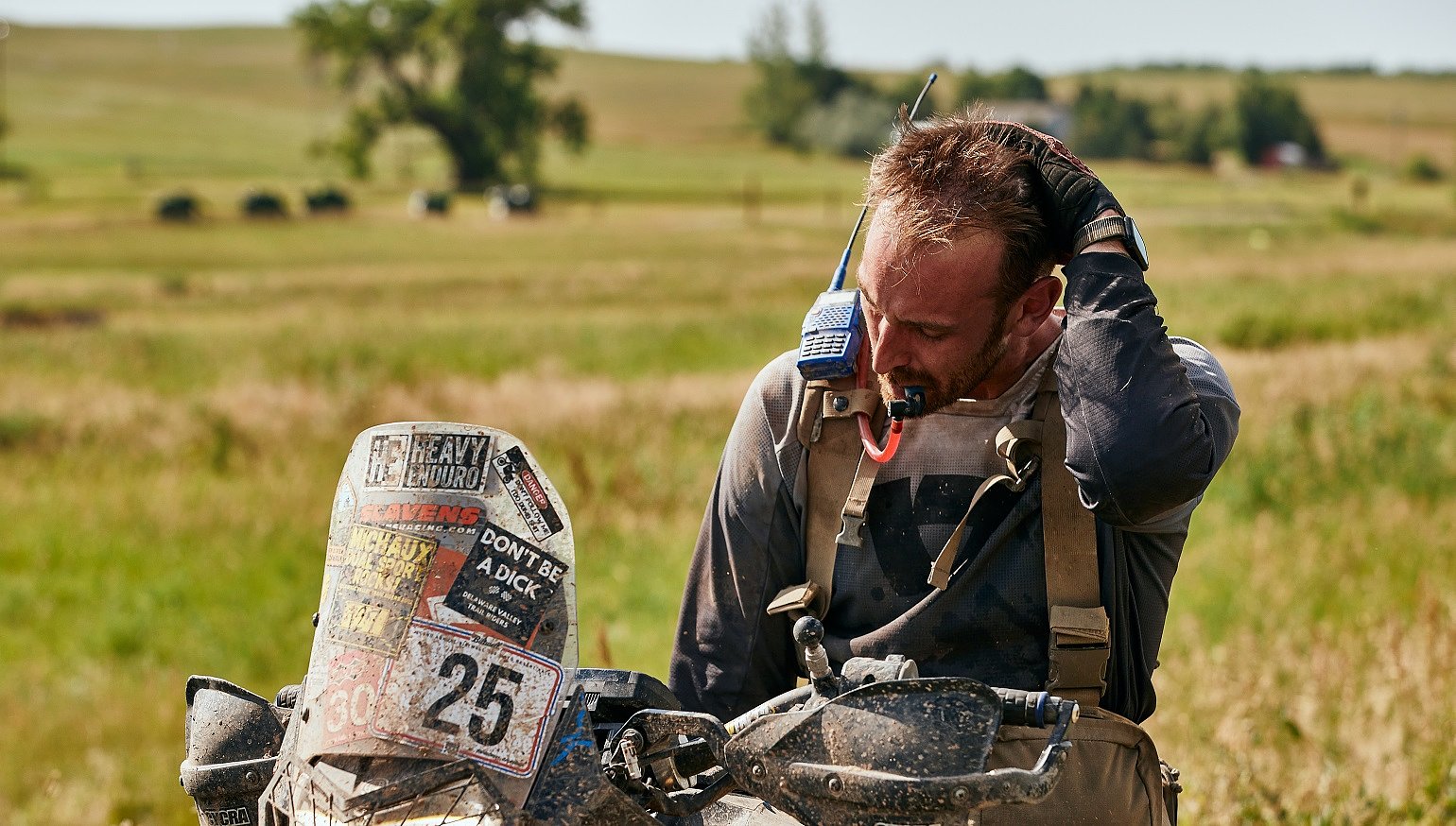You'd think staying hydrated while riding a motorcycle would be a pretty settled topic, especially with how much research has gone into human performance, thanks to sports drinks and pro sports teams. Yet, as someone who's been part of the motorcycling community for more than 15 years, I've heard a wide variety of advice from fellow riders, and a lot of it was either contradictory or didn't make sense to me.
Dehydration and the conditions it can cause — namely heat exhaustion or heat stroke — are serious topics. If you're playing a stick-and-ball sport and start to lose concentration on the playing field, that's not good. The same thing at 55 mph with oncoming traffic or while riding off-road in a remote area can have far greater consequences.
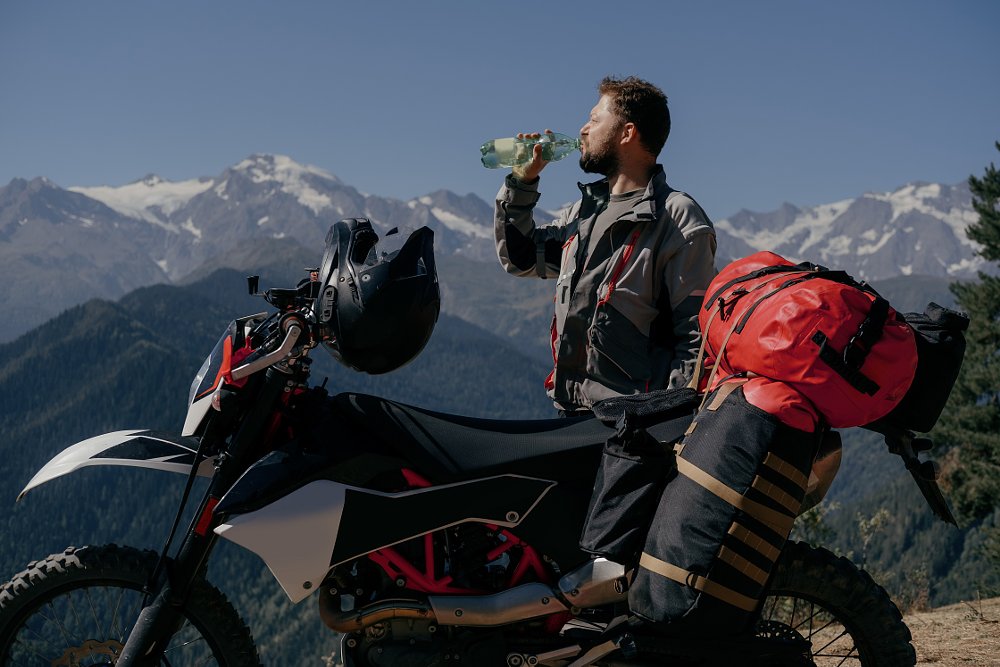
Given those consequences, I decided to get some advice from a medical professional who also understands motorcycling, and I realized I had the perfect source in my own circle of motorcycling acquaintances: Dr. Carl Price. He understands the issue from multiple angles. He is a medical and academic doctor whose primary practice has been plastic and reconstructive surgery for the past 30 years. He is currently MotoAmerica's chief medical officer, sometimes races himself in the Twins Cup class, and raced motocross and flat-track as a youth. And he has personal experience with hydration issues from another angle, as a marathon runner.
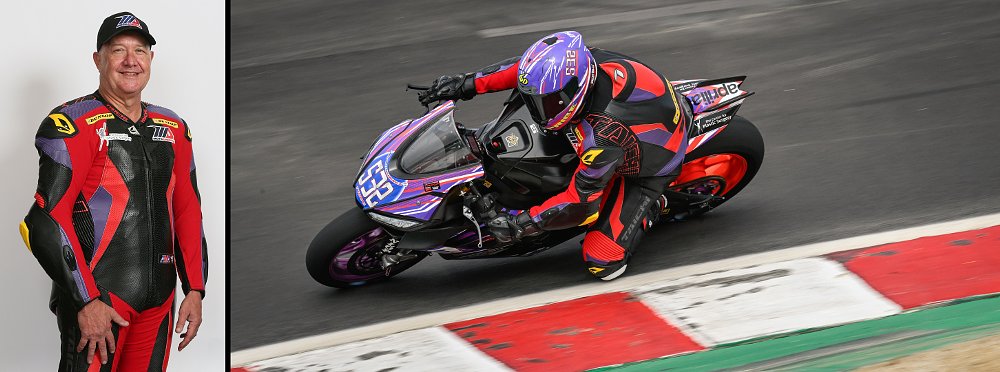
Michael Marino: So how do I, as a rider, go about staying hydrated while out riding on a hot day?
Carl Price: You can't judge how hydrated you are based on how thirsty you are. You don't start feeling thirsty until you've lost 2% of your body's volume of water, and you'll see some serious deterioration of athletic performance at that point, too. The best way to monitor your fluid intake is your urine color. If your urine is dark, you're not taking in enough water. If it's clear, you're probably taking in too much water. The important thing about staying hydrated is if you get dehydrated, the volume of blood that is moved with each pump decreases some, so your brain and exercising muscles don't get as much oxygen as they should. And your performance will begin to suffer as exhaustion sets in. You also won't flush out all the things from your system that you're supposed to.
MM: What are some of the signs and symptoms, other than thirst, that would indicate a rider may be dehydrated and heat exhaustion could be setting in? And how can they determine when it's safe to continue riding?
CP: You'll feel fatigued and tired, some muscle cramps, and decreased focus and concentration. The biggest indication is dark urine or no urine at all. Everyone is different, and there could be other signs and symptoms based on an individual's physiology. The only way to deal with heat exhaustion is to begin rehydrating with electrolyte beverages. How long it takes to correct the deficit is difficult to answer generally, and the best thing to do is not allow it to happen and have a hydration strategy in place. Once you feel fine, it's OK to get back on the bike. Just continue to monitor your urine and make sure to keep hydrating. It's much more about symptoms than it is about time.
MM: I've heard advice from other riders about prehydrating before a ride. To what degree is staying sufficiently hydrated while riding something that's done before a ride compared to during a ride?
CP: Drinking four liters of water days before you go on a ride isn't going to help you. Our bodies will maintain their homeostasis to maintain balance, including how much water we have in our bodies. We're not camels. We can't store water inside us. It's important to be fully hydrated before you start a motorcycle ride or a marathon, but you can't drink excess water beforehand and expect to remain hydrated. It's also important to maintain your fluid intake while you're engaged in an activity. If you're on an all-day ride in the desert, you need to plan to carry enough fluids with you and keep drinking before you get thirsty.
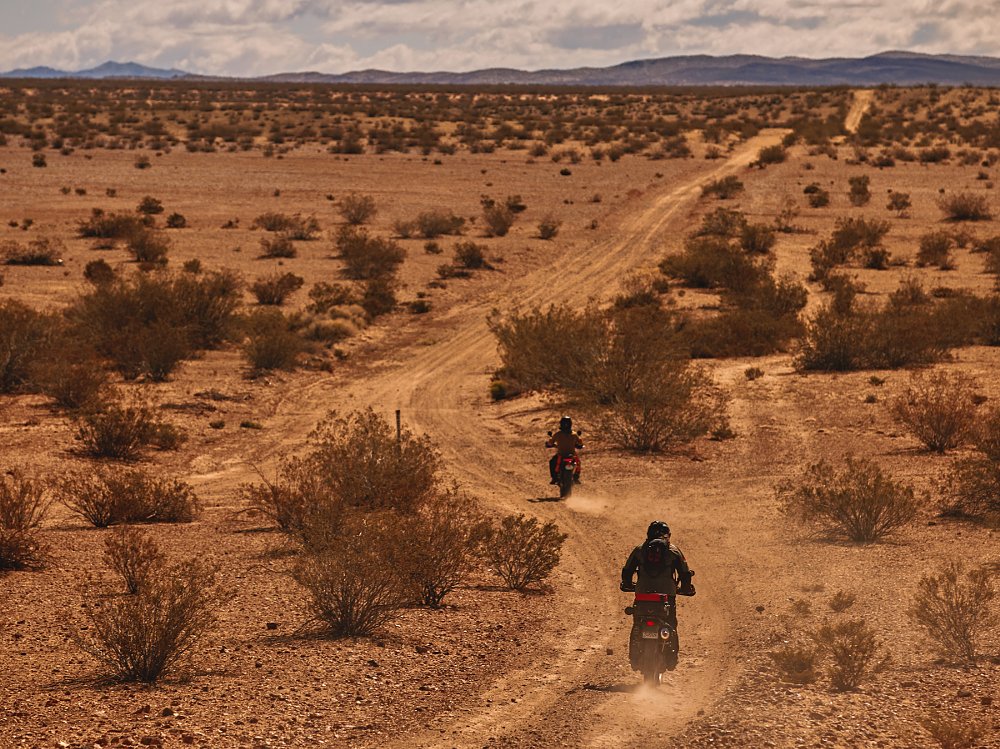
MM: Are sports drinks or other electrolyte beverages that much better than plain water for staying hydrated while riding?
CP: You want to take in electrolyte beverages. Some good studies show that athlete performance improves significantly when participants used electrolyte drinks instead of plain water. It's mainly the sodium and, to a lesser extent, potassium in electrolyte beverages that makes the big difference. I also used to do a bunch of marathons and triathlons, so I'm also familiar with hydration from that experience. One of the most common electrolyte abnormalities at the end of marathons is hyponatremia, which is low sodium. The competitors will drink too much plain water as they sweat both salt and water. Another one is low potassium, which is what leads to muscle cramping.
MM: Are there specific types of electrolyte drinks that work better than others?
CP: The problem with some electrolyte beverages is that they have too much glucose in them. You need a little glucose, as it gets depleted from your muscle stores during physical activity, like a motorcycle ride. It is important to have good glycogen stores in your liver before you begin an activity like a motorcycle ride. Another problem with some sports drinks is that they have high osmolality (balance of electrolytes and water), which will actually draw water into your stomach rather than send it to the rest of your body. My personal favorite electrolyte beverage is Pedialyte, an oral hydration balanced salt solution made for kids having diarrhea or other conditions that cause electrolyte imbalance. It has plenty of sodium and potassium, so it will be absorbed readily, with a little glucose. You can buy it in packets that you dump into a bottle of water, and other brands like Gatorade also have come out with their own version of it. Before I used Pedialyte, I would drink diluted Gatorade.
MM: Some riders use caffeinated drinks or supplements to help stay alert while riding. Given caffeine's diuretic properties, how much does consuming caffeine set back a rider's ability to stay hydrated?
CP: A lot of the gels I used when I raced had some caffeine in them. In moderation, caffeine probably doesn't make a big difference. I wouldn't be chugging energy drinks, though. It's not that you can't have one or two, but I wouldn't count them as part of your hydration strategy.
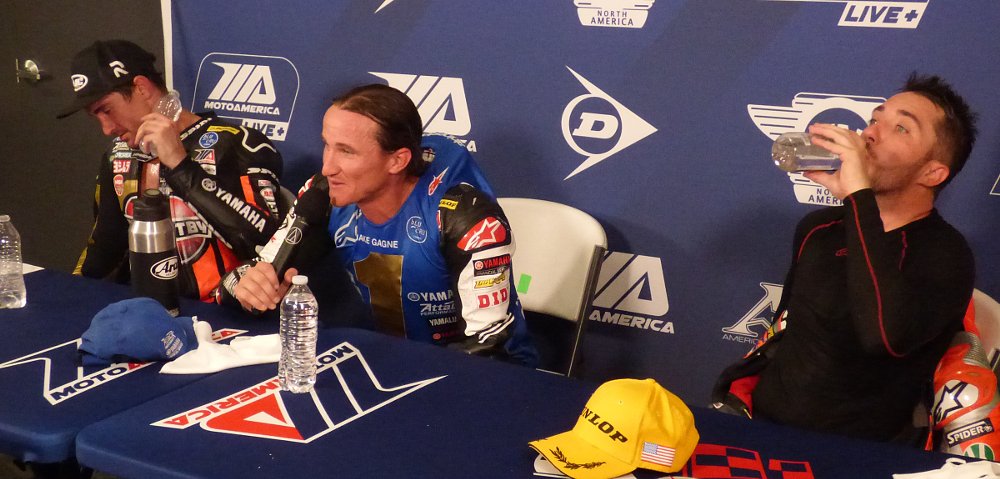
MM: Is it possible to test or improve our ability to stay hydrated?
CP: My advice is to train in hot environments to see how your body reacts. This may include bicycling in summer months — or running or even walking — and experiment with different electrolyte solutions while monitoring your urine output and color. I think there is no question that training in the conditions you will be exposed to makes a difference. I recall doing the Chicago Marathon several years ago. It was in late September and they had an unprecedented heat wave. They actually stopped the race. There were these incredibly fit marathoners who were lying on the side of the course with heat exhaustion. I actually finished. I attribute that to my training in hot Midwest summers. I routinely started my training runs mid-day or in the afternoon. I expect the guys with heat exhaustion trained in the cool of the morning. It was the same with my endurance racing in Texas in the summer. I would prepare by running and cycling in the heat of the day.
MM: Does age affect a person's ability to stay hydrated? Is what I did to stay hydrated at 25 probably not going to work as well now that I'm 40?
CP: While age has been shown to affect heat tolerance and therefore hydration status, this is likely a result of medications and/or chronic illnesses. It is, in my opinion, less about chronological age and more physiologic age. A 30-year-old couch potato is less likely to tolerate heat and be adequately hydrated than a 60-year-old who does marathons. Conditioning makes a big difference.
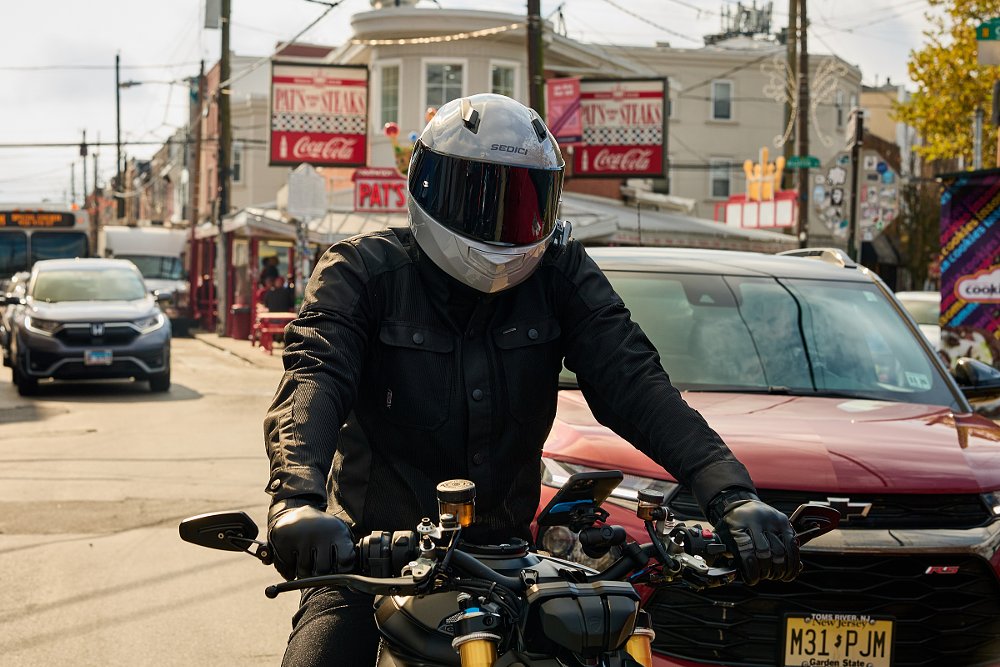
MM: I've had riders tell me, "It was so hot, I had to take my gear off." Does wearing less riding gear have any benefits that outweigh the crash protection riding gear offers?
CP: Dude, all the gear, all the time. You want to have everything on when you crash. Unperforated gear can be unzipped a little to promote evaporative cooling. What's better is using gear that's designed for use in hot weather that's either mesh or has built-in vents. Mesh gear is a reasonable compromise between protection and evaporative cooling.

 Membership
Membership

